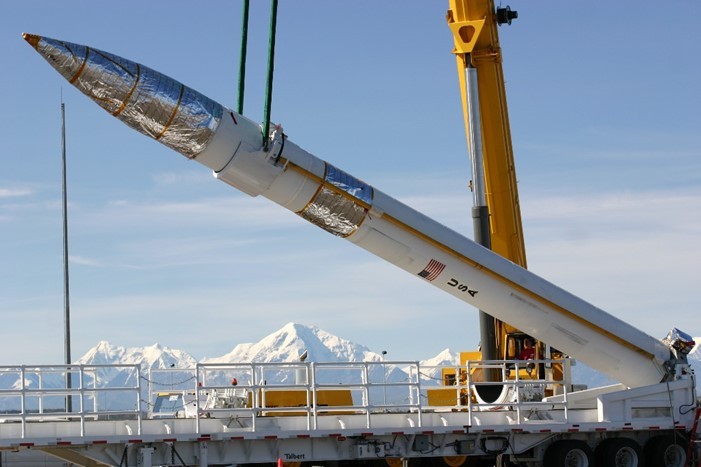The United States Department of Defense has awarded and additional 5B USD to Boeing for further development of the Ground Based Midcourse Defense protection system. The contract award reads:
”The Boeing Co., Huntsville, Alabama, is being awarded an indefinite-delivery/indefinite-quantity contract with a maximum dollar amount of $5,021,000,000. Under this new contract, the system integration, test, and readiness (SITR) contractor is responsible for overall Ground-Based Midcourse Defense (GMD) Element engineering, integration including physical and logical integration of the GMD Element and components and GMD integration with the Missile Defense System; and planning, and execution of all necessary testing to verify overall requirements compliance. In addition, SITR is responsible for day-to-day systems operations and readiness, performs routine maintenance functions, performs analysis related to GMD Element health and availability, and executes failure/fault checklists, as appropriate. A task order in the amount of $506,670,786 is being issued at this time. The work will be performed primarily in Huntsville, Alabama. The ordering period is from Sept. 1, 2022, through Aug. 31, 2027. This contract was competitively procured via publication on the government-wide Point of Entry website with three proposals received. Fiscal 2022 research, development, test and evaluation funds in the amount of $4,548,306 are being obligated on this award. The Missile Defense Agency, Huntsville, Alabama, is the contracting activity (HQ0856-22-D-0002).”
Ground-Based Midcourse Defense (GMD) is the United States’ anti-ballistic missile system for intercepting incoming warheads in space, during the midcourse phase of ballistic trajectory flight. It is a major component of the American missile defense strategy to counter ballistic missiles, including intercontinental ballistic missiles (ICBMs) carrying nuclear, chemical, biological or conventional warheads. The system is deployed in military bases in the states of Alaska and California; in 2018 comprising 44 interceptors and spanning 15 time zones with sensors on land, at sea, and in orbit. In 2019, a missile defense review requested that 20 additional ground-based interceptors be based in Alaska.
GMD is administered by the U.S. Missile Defense Agency (MDA), while the operational control and execution is provided by the U.S. Army, and support functions are provided by the U.S. Air Force. Previously known as National Missile Defense(NMD), the name was changed in 2002 to differentiate it from other U.S. missile defense programs, such as space-based and sea-based intercept programs, or defense targeting the boost phase and reentry flight phases. The program was projected to have cost $40 billion by 2017. That year, the MDA scheduled its first intercept test in three years in the wake of North Korea’s accelerated long-range missile testing program. (Wiki)
The system has a “single shot probability of kill” of its interceptors calculated at 56%, with the total probability of intercepting a single target, if four interceptors are launched, at 97%. Each interceptor costs approximately $75 million.
This contract appears to be the granting of the MDA’s request for more launchers in Alaska.


